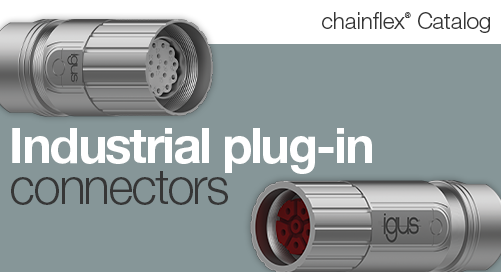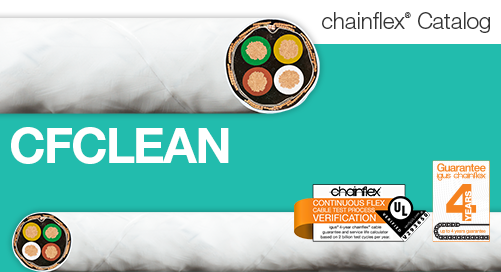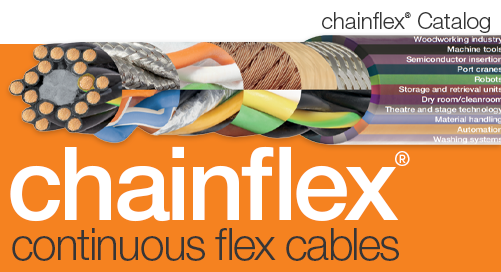What is PROFINET? Everything you need to know
PROFINET (Process Field Network) is an open Industrial Ethernet communication protocol used to enable real-time communication between controllers and devices used in industrial automation. It’s a similar protocol to PROFIBUS, though PROFIBUS operates under fieldbus protocol rather than Ethernet. Read on to learn more about PROFINET, its functions, and what makes it such a valuable solution for industrial automation.
History of PROFINET
The first version of PROFINET, PROFINET CBA (Component Based Automation) was released in 2001 and later deprecated in 2014. This initial version never caught on, unlike its successor PROFINET IO (Input Output).
PROFINET IO was released in 2003, and became the foundation which future PROFINET updates were built upon. One of the biggest of these updates was in 2019, when Time-Sensitive Networking (TSN) was added.
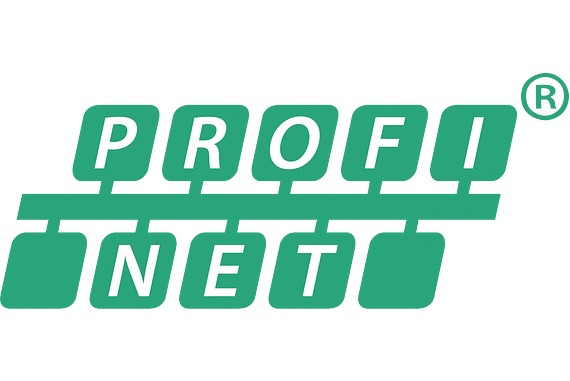
Since PROFINET is an open protocol, manufacturers across the globe have been able to develop PROFINET-capable devices like robots, PLCs, IOs, and more.
How does PROFINET work?
PROFINET systems are made up of three types of components: supervisors, controllers, and devices.
IO Supervisor: IO supervisors serve to commission PROFINET systems, set device parameters, and perform diagnostic checks. They correspond to Class 2 masters in PROFIBUS systems. Supervisors do not need to be connected to the network when not in use.
IO Controller: IO controllers fulfill a similar role in PROFINET systems as Class 1 masters in PROFIBUS systems. They are typically a programmable logic controller (PLC) responsible for managing the automation program. This consists of controlling IO-devices, and aggregating the data sent back to the controller from each device.
IO Device: IO devices are field devices that send and receive data cyclically with one or more IO-controllers. These are the equivalent to slave devices in PROFIBUS networks. IO-devices can also send alarm and diagnostic data to IO-supervisors as needed.
Each of the above components works together over an Ethernet network to reliably exchange real-time data, utilizing a variety of communication standards.
A PROFINET network requires, at minimum, a single IO-controller and IO-device. IO-supervisors can also be temporarily utilized for IO-device setup and diagnostics, but are not essential to the function of a PROFINET network.
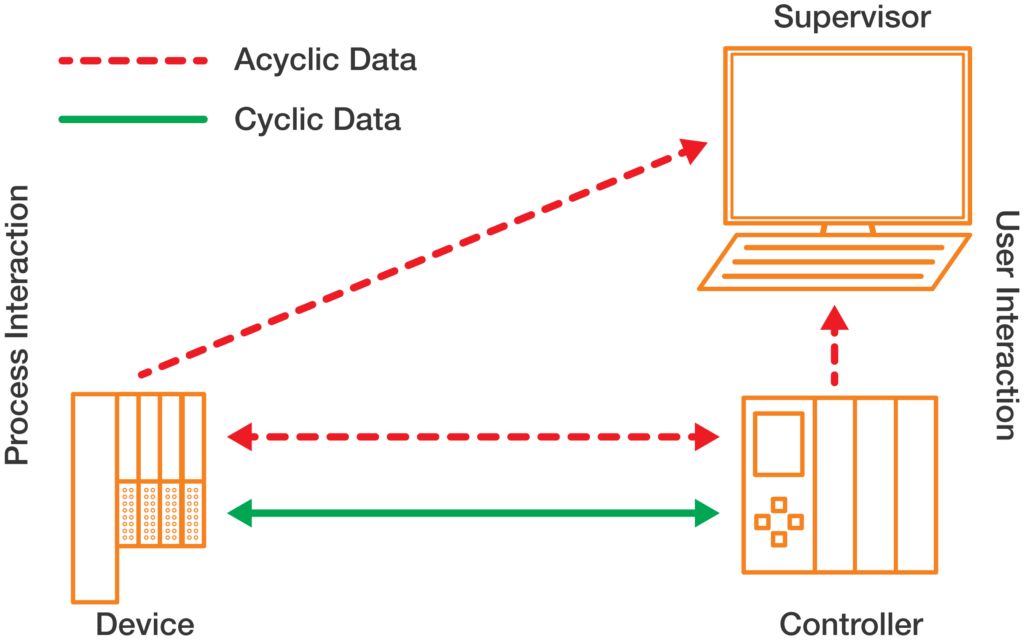
PROFINET communication standards
When talking about communication standards used in PROFINET networks, there are three major standards to understand: TCP/IP or UDP/IP, PROFINET Real-Time (RT), and PROFINET Isochronous Real-Time (IRT).
TCP/IP or UDP/IP: These protocols are used in applications that are not time-critical, such as diagnostics, configuration, and parameterization. This is due to the added jitter and latency found with IP-based communication.
PROFINET RT: PROFINET RT is by far the most used communication protocol for PROFINET networks. In essence, PROFINET RT skips over the network and transport layers when transferring data, vastly reducing the time necessary to do so. PROFINET RT can achieve cycle times between 250µs and 512ms.

PROFINET IRT: PROFINET IRT takes PROFINET RT one step further by minimizing the jitter found in high traffic applications. IRT achieves 31.25µs cycle times and just one µs of jitter. It’s most often used in material processing machines (ceramic, wood, or glass), plastic injection molding machines, and packaging machines.
Advantages of using PROFINET
With PROFINET come a number of advantages that set it apart from similar protocols like PROFIBUS. Among these are scalability, flexibility, and integration with other systems.
Scalability: Being built on an Ethernet physical layer allows PROFINET to be deployed in various different topologies, including star, ring, and tree. Peer-to-peer and IO communications are also available, making it easy to scale PROFINET networks to your business’ needs.
Flexibility: Optional features available with PROFINET — such as redundancies, time stamping, IRT, and diagnostic alarms — make it an extremely flexible and modular system. A company’s specific needs can be catered to through PROFINET, all while operating under industry-standard ethernet protocols.
Integration with other systems: Since PROFINET operates using industrial ethernet, it’s compatible with standard Ethernet and can provide TCP/IP function as needed. Integration with standard ethernet is easy, and can allow global operations to be connected through PROFINET.
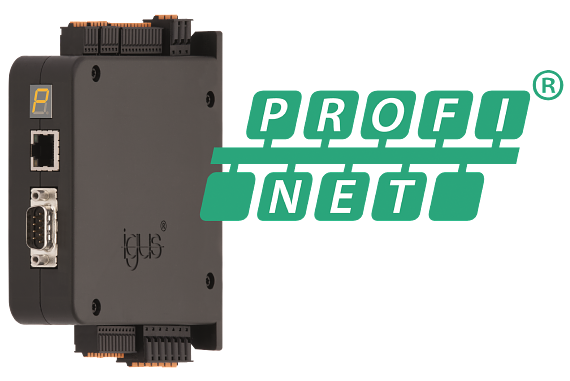
Integrating PROFINET and IIoT
Being an Ethernet-based protocol with open standards, PROFINET is more than ideal for integration with the industrial internet of things (IIoT). All the data is already being collected; IIoT integration simply allows trends to be followed and conclusions to be drawn from that data.
Integrating PROFINET networks with IIoT can eliminate unplanned machine downtime by alerting operators to performance parameters outside of established benchmarks. This allows operators the opportunity to plan maintenance in advance and minimize the amount of downtime needed, while avoiding unexpected failures or shutdowns.
Read more: Cable Monitoring with Smart Plastics: What It Is & How It Works
Conclusion
When it comes to easy-to-use factory automation solutions, PROFINET is the undisputed leader. Lightning fast data transfer speeds, incredible reliability, and extensive functionality all work together to create a protocol that will be around for decades to come.

